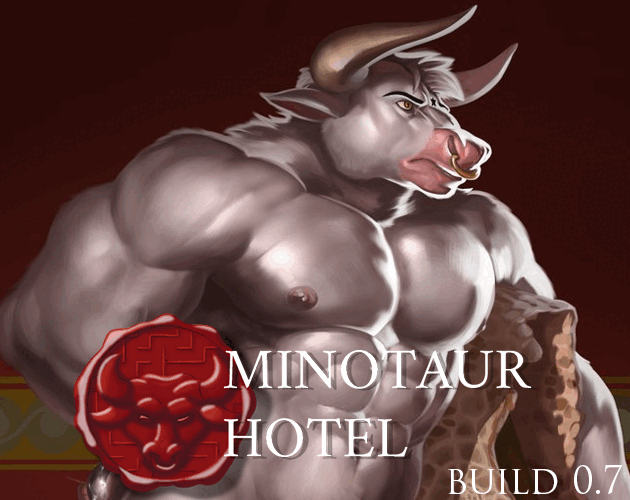So... anyone want to talk about blood?
Haven't seen much of a discussion about it, and references to it taunt and nag at me whenever I notice it. One can hope this becomes an important detail down the line, eh?
To preface, let's start with describing the major types of blood analogs:
- (Mortal) Blood - normal, mundane blood. Appears red, I reckon. Watery consistency.
- (Divine) Ichor - godly fluid of the gods. Described to be black in color. Oily consistency.


